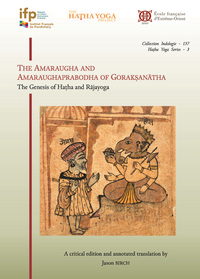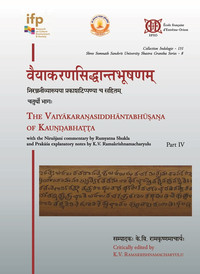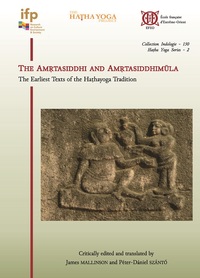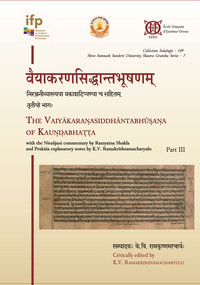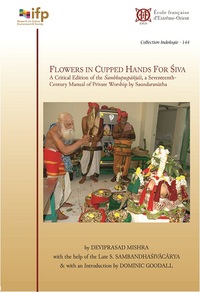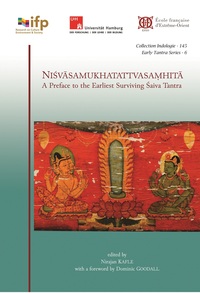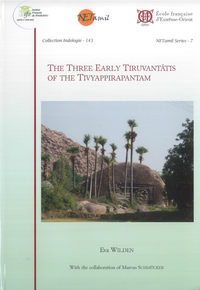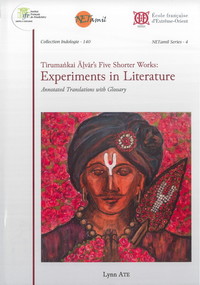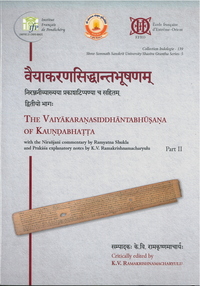Nous utilisons des cookies pour améliorer votre expérience. Pour nous conformer à la nouvelle directive sur la vie privée, nous devons demander votre consentement à l’utilisation de ces cookies. En savoir plus.
Temple Design in Six Early Saiva Scriptures
Efeo - EAN : 9782855392332
Édition papier
EAN : 9782855392332
Paru le : 15 févr. 2019
65,00 €
61,61 €
Disponible
Pour connaître votre prix et commander, identifiez-vous
Notre engagement qualité
-
 Livraison gratuite
Livraison gratuite
en France sans minimum
de commande -
 Manquants maintenus
Manquants maintenus
en commande
automatiquement -
 Un interlocuteur
Un interlocuteur
unique pour toutes
vos commandes -
 Toutes les licences
Toutes les licences
numériques du marché
au tarif éditeur -
 Assistance téléphonique
Assistance téléphonique
personalisée sur le
numérique -
 Service client
Service client
Du Lundi au vendredi
de 9h à 18h
- EAN13 : 9782855392332
- Réf. éditeur : CI 138
- Collection : COLL. INDOLOGIE
- Editeur : Efeo
- Date Parution : 15 févr. 2019
- Disponibilite : Disponible
- Barème de remise : NS
- Nombre de pages : 665
- Format : H:245 mm L:175 mm E:44 mm
- Poids : 1.294kg
- Interdit de retour : Retour interdit
- Résumé : This book is a contribution to the history of Saiva temple-construction that furnishes for the first time an edition and translation of prescriptions given in some of the earliest known Sanskrit sources. The six works represented in this volume are all scriptures of the Mantramarga (tantras) transmitted to us in early (tenth- to thirteenth-century) manuscripts that have survived in the Kathmandu valley, and all of them, with the exception of the Pingalamata, belong to the Saivasiddhanta. As to the provenance of the texts themselves, the present state of our knowledge does not allow us to be certain, but none of them seems to have been composed in the Tamil-speaking South. This is significant because hitherto treatments of the architecture and iconography of temples have tended to be heavily skewed towards South Indian tantras of the second millennium. This is partly because many of these have been made more accessible in recent decades by the work of the French institutions of research in Pondicherry (the Raurava, Ajita, and Mayamata, for instance). But the tendency to give weight to the testimony of such sources was evident already in Rao’s Elements of Hindu Iconography (1914), long before critical editions of agamic literature had begun to appear from Pondicherry. And yet it is clear that the iconographic themes that such literature prescribes were unknown before the construction of Chola-period temples in the Tamil-speaking South. The disconnect is similar for architectural prescriptions too. This ground-breaking book for the first time brings together, edits and translates the prescriptions for temple-types from six tantras that predate Chola-period norms and that hail from more northerly regions.


